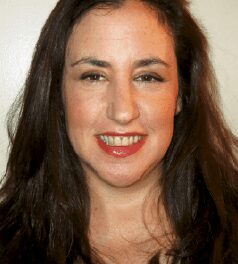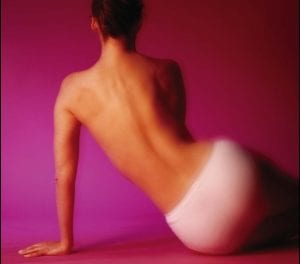In house construction, contractors use plans designed by architects to build spaces and forms. When patients present to facial plastic surgeons for cosmetic or reconstructive surgery, the physician is both architect and carpenter. Residency training concentrates almost exclusively on surgical or “carpentry” skills, with the assumption that five or six years of surgical training also qualifies the graduate as facial or body architects with a highly developed sense of beauty and direction. This assumption is as valid as the expectation that art students, presented with a block of clay and instruction in the rudiments of shaving and cutting, might produce a mature and finished masterpiece. Clay is 100% compliant to any maneuver to shape it, and the techniques to mold it can be learned in minutes. But the maturation of an artist’s aesthetics and judgment, which direct the clay’s shape into a masterpiece, may take a lifetime.
Facial plastic surgeons’ medium is most unideal; it often behaves unexpectedly and changes as it heals. And of course, some things are impossible to achieve. Training courses and conventions continue after residency. Facial plastic surgeons are always eager to learn new techniques, but those who always get superior results possess something that cannot be learned in conventional technique training: judgment.
I have taught hundreds of surgeons over the past 25 years and have seen vast differences in surgeons’ abilities to judge with their eye. Is a modification too big, too small, or just right? What form is correct, what is desirable, what is not, how should a variation in appearance be fixed, or should one even attempt to fix it? These judgments—and the ability to judge—vary so radically between physicians that I think patients would be frightened at the prospect of undergoing surgery destined to change their appearance if they knew of such uncertainty. We only have to look around us to see the results of poor judgment: through injudicious use of laser treatments, fillers, various tucks, and rhinoplasties.
It is for these reasons that I have run a week-long “Aesthetics Boot Camp for Surgeons,” during which I have taught sculpture courses or developed clay exercises for surgeons and encouraged them to take up sculpture, or figure drawing, or painting—but especially sculpture—because it is an effective way to improve a sense of aesthetics and judgment without inflicting harm on patients by performing the wrong operation or technique.



